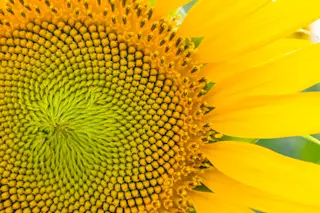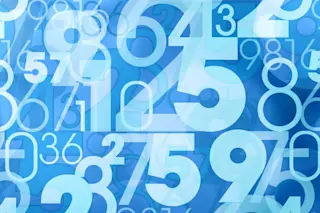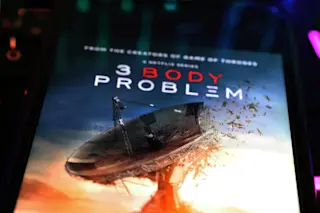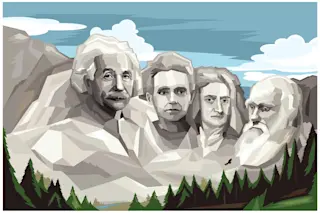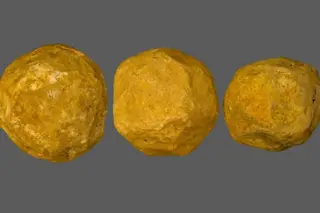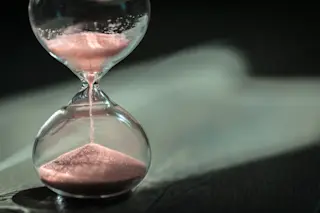From the blue-and-black symmetries of a butterfly TO the mazelike grooves of a brain coral, nature reveals itself as a great artist, switching off between painting and sculpture. Nature should also get credit, though, for being a first-class mathematician. The patterns and shapes of living things correspond to some of the most abstract ideas in math.
The humble mollusk, for example, without a single course in algebra, can draw the equation r = ae . The philosopher and mathematician René Descartes discovered this formula for the curve of shells 354 years ago. To create the curve, technically known as a logarithmic spiral, Descartes’s equation guides your pen around a central point, degree by degree, and pushes it farther away from the center by a factor related to the angle it has reached.
With graphics computers at their disposal, researchers can now flesh out Descartes’s inspiration. The bestiary of three-dimensional shells ...



